The first Soviet heavy SPG
The "Zveroboy", or "beast-killer" ,as it was popularly known in 1945, was certainly not intended as a tank-hunter. But, at the end of the battle of Stalingrad (Operation Uranus), it was realized that, unlike the Germans, the Russian infantry lacked some mobile heavy artillery support. The standard tracked 203 mm (8 in) howitzer was totally unprotected and certainly not suited for the kind of operations necessary in an open battlefield, dealing with direct fire against buildings, concrete fortifications, bunkers and pillboxes. And the mass-produced SU-76 was too light for the purpose. This need became more urgent after Kursk, when the Soviet Army was preparing for a series of massive counter-offensives.Development
The effort to design such a vehicle had been already kickstarted by the State Defense Committee in November 1942, ordering plans for a heavy SPG capable of carrying the 152 mm (5.98 in) ML-20 howitzer. The bad experience from the KV-2, already carrying the short barrel, ML-10 version, was useful. Too tall, unstable, the KV-2 concept had to be abandoned and the new project had to keep, above all, a low profile. The longer barreled ML-20, which came as a requirement, had to be hull-mounted due to its massive recoil. The lack of a turret would also have positive consequences in terms of cost, maintenance and ease of mass-production. By December 1942 various engineering teams presented plans for a "pillbox killer". All were based on the KV-1 heavy tank. The project of Joseph Yakovlevich Kotin was chosen due to its simplicity and cost. The Object 236 (or KV-14) construction started on 31 December 1942, and was completed for trials at the Chelyabinsk Kirov Plant (CHKZ) on January 24, 1943. Plans to start mass production during the next month already began, as approval from the State Defense Committee came on February 14, 1943.SU-152 design
The chassis of the KV-1, complete with the drivetrain, powerplant and suspensions, was adopted without changes, except to the central floor, due to the lack of a turret. There were six sets of roadwheels suspended by torsion bars on each side, drive sprockets at the rear, and 61 cm (24 cm) wide tracks made of 90 stamped links. The 12-cyl., 4-stroke diesel V-2K was fed by an internal fuel capacity of 600 liters, distributed along three tanks, the main in the engine compartment and the two others in the crew compartment, with an addition of four drum-type connected external tanks, for an added capacity of 360 liters. Electrical current was provided by a 1 kW, GT-4563A generator coupled with a RRA-24 voltage relay regulator and four 6STE-128 accumulator batteries. This fed the ST-700 electric starter motor, the TPU-4-BisF intercom, 9R/10R radio set, external and internal lights and the illumination of the gunsight scales.All the efforts were put in the design of a compact mounting for the modified ML-20S heavy gun, and a suitable casemate around it. The hull compartmentalization was straightforward, with a fighting compartment under the casemate and the engine compartment at the rear, separated by a fireproof bulkhead. The protection was provided by rolled armor plates. Compared to the regular KV-1, 75 mm (2.95 in) on the glacis and front plate seem inferior, but the plate was angled at a 12° slope. However, the side armor (60 mm/2.36 in) was vertical. The rear was 30 mm (1.18 in) and 20 mm (0.79 in) on top and bottom.
The ML-20S was mounted slightly offset to the right, in order to leave room for the gunner (left) and his telescopic ST-10 (СТ-10) and panoramic sight. The commander and loader sat behind him. The gun modifications included new relocated handles for the gunner comfort, and a long muzzle brake to reduce the recoil inside. Performances were unchanged compared to the regular howitzer, muzzle velocity was the same. However, due to the length of the two-piece rounds, only 20 were carried inside the crew compartment. All the roof hatches had periscopes. There was no secondary armament except two PPSh submachine guns and some 25 F1 grenades for close-quarter defense. This was corrected later with the adoption of a roof-mounted DShK heavy machine gun.
Production
Production was assumed by Chelyabinskiy Kirovskiy Zavod (the Chelyabinsk Kirov Plant). The SU-152 was the last derivative base on the the KV chassis. The production chassis changed, in December 1943, to the KV-1S and was replaced in mid-1944 by the ISU-152 on the same ChKZ production lines. Delivery numbers differ even in Russian sources, ranging from 670 to 704. The design was slightly modified during production to improve reliability and providing a DShK 12.7 mm (0.5 in) anti-aircraft gun mount was developed in the summer of 1943, others being converted in depots during or after repair.The SU-152 in action
According to its combat designation, the SU-152 could be either a heavy tank destroyer or a heavy assault gun, and indeed, in practice, it was discovered the 152 mm (5.98 in) muzzle velocity and the heavy high explosive rounds had surprising, unsuspected qualities against German armor. This was the origin of its popular nickname of "beast fighter" in reference to the German Tigers, Elefants and Panthers encountered at Kursk. Although, in practice, the 152 mm (5.98 in) round did not penetrate the thick armor of these tanks, the excessive shock of the explosion on impact was enough to jam a turret, gun mantlet, blast tracks or do other significant damage. Tests performed on captured Tiger tanks early in 1943 had shown that the SU-152 was able of "decapitating" them (blasting the turret off) at any range, with a good degree of reliability. At that time, this was the only Russian tank capable of doing so. The consequence of this was that the SU-152 operationally functioned within regular mobile artillery units, which could be used as ersatz heavy tank destroyer battalions on demand.The SU-152 saw its combat debut in the summer of 1943 at the Battle of Kursk, where it was proven to be equally effective against German tanks and an excellent self-propelled gun. The most active units of SU-152s saw action during the second half of 1943 and early 1944, but their numbers steadily decreased as a result of combat losses, severe deterioration of the chassis, engine and transmission. This was because of a still relatively crude manufacturing quality, very intensive use and lack of maintenance. Also, its replacement by the ISU-152, more largely produced, accelerated the process. The last offensive where SU-152s were committed en masse (alongside ISU-152s) was during Operation Bagration in June 1944. A small number of SPGs managed to survive until the end of the war and served in the postwar years until 1954, when these were decommissioned, scrapped, and the remainder sold (to Syria and Egypt). Only four are still in existence today.
SU-152 links and references
The SU-152 on WikipediaSU-152 specifications |
|
| Dimensions (L-w-h) | 8.95 x 3.25 x 2.45 m (29.4 x 10.8 x 8 ft) |
| Total weight, battle ready | 45.5 tons (100,300 lbs) |
| Crew | 4 (commander, loader, gunner, driver) |
| Propulsion | V-2K 12-cylinder diesel, 2368cu in/39 liters, 600 hp (450 kW) |
| Speed | 43 km/h (27 mph) |
| Suspensions | Transverse torsion arms |
| Range (road) | 330 km (205 mi) |
| Armament | 152 mm (5.98 in) ML-20S howitzer
Optionally: one DshK 12.7 mm (0.5 in) heavy machine-gun |
| Armor thickness | 20 to 76 mm (0.79-3 in) |
| Total production | 704 |
Gallery
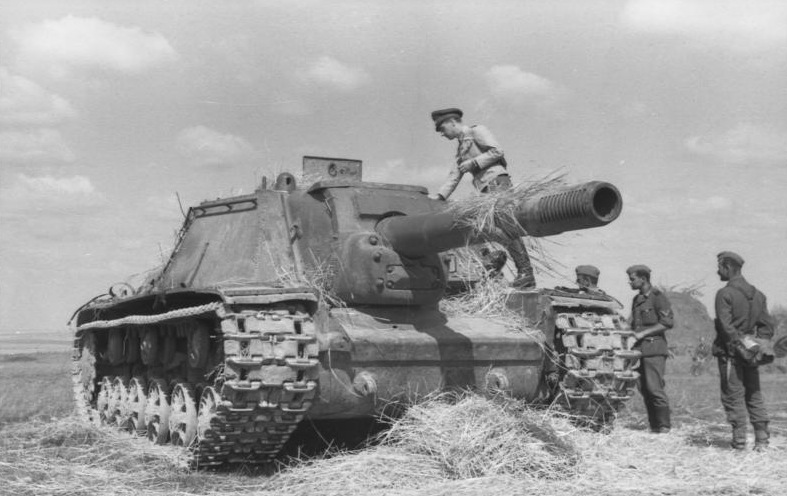
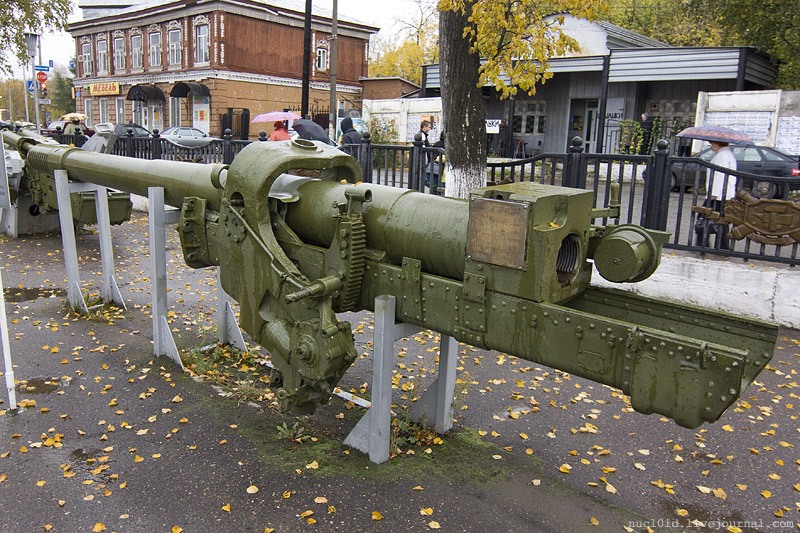
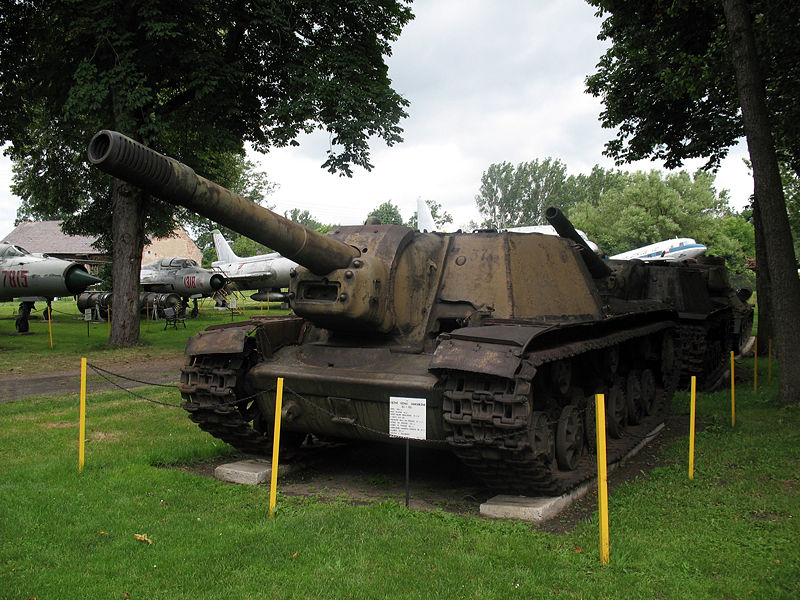
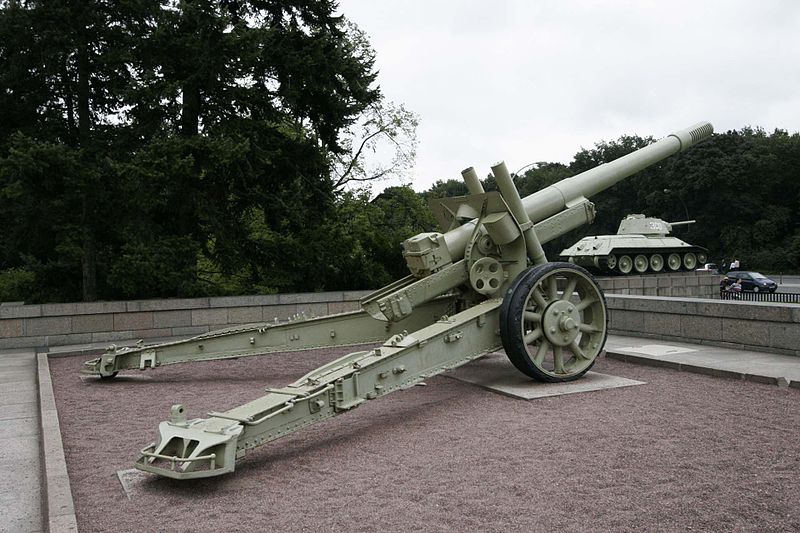
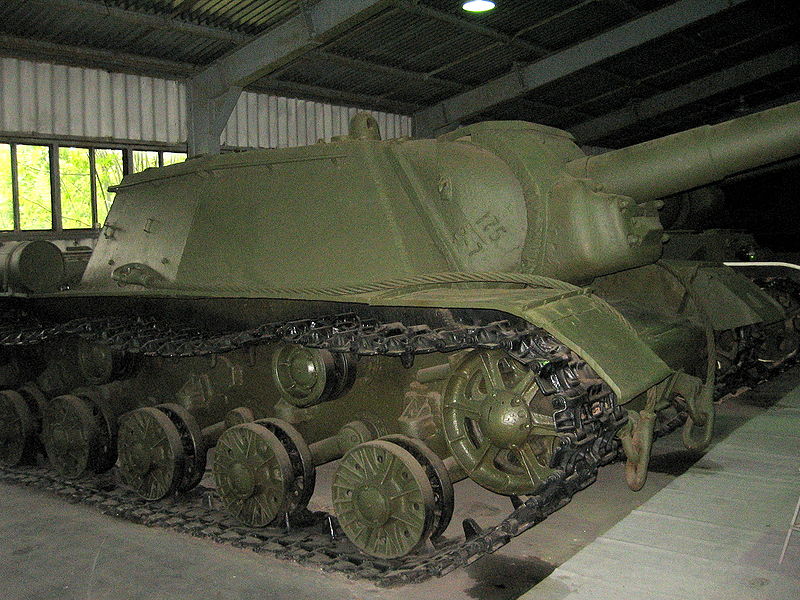
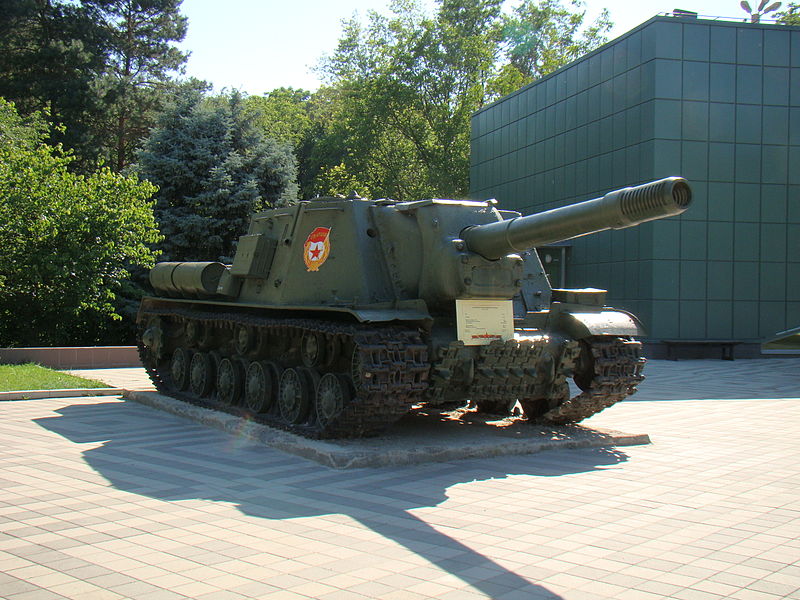

Eastern Front, Mius River, September 1943.

SU-152, unknown unit, Kursk, summer 1943.

Operation Bagration, summer 1944.

SU-152, 1824th SP artillery regiment, Crimea, Simferopol, April, 13, 1944.

Baltic 2nd Front, winter 1944-45.

Beutepanzer SU-152, Fz.Stb-22, 1944.

Polish SU-152, eastern Germany, 1945.

SU-152 of the 1359th Self Propelled Artillery Regiment, 2nd Baltic front, Estonia 1944.

SU-152, unknown unit, eastern Prussia early 1945.

Egyptian SU-152, war of 1967.

WW2 Tanks




























WW2 tanks posters

All Tiger tanks liveries.

Panther liveries and variants

WW2 Armour - All tanks











Tanks aces and single tanks series

Find more there

Museums, Movies, Books & Games
The Tanks and Armor in pop culture
Tanks and armored vehicles in general are only really grasped when seen first person: The mass, the scale, it's all there. Explore also the way tanks were covered in the movie industry, in books and in video games.Movies:
Best tanks movie on warhistoryonline.com
On imdb.com
On bestsimilar.com/
miltours.com
liveabout.com/
watchmojo.com
Video Games:
pcgamesn.com
historyhit.com
levvvel.com
vg247.com/best-tank-games
mmobomb.com/
alienwarearena.com

